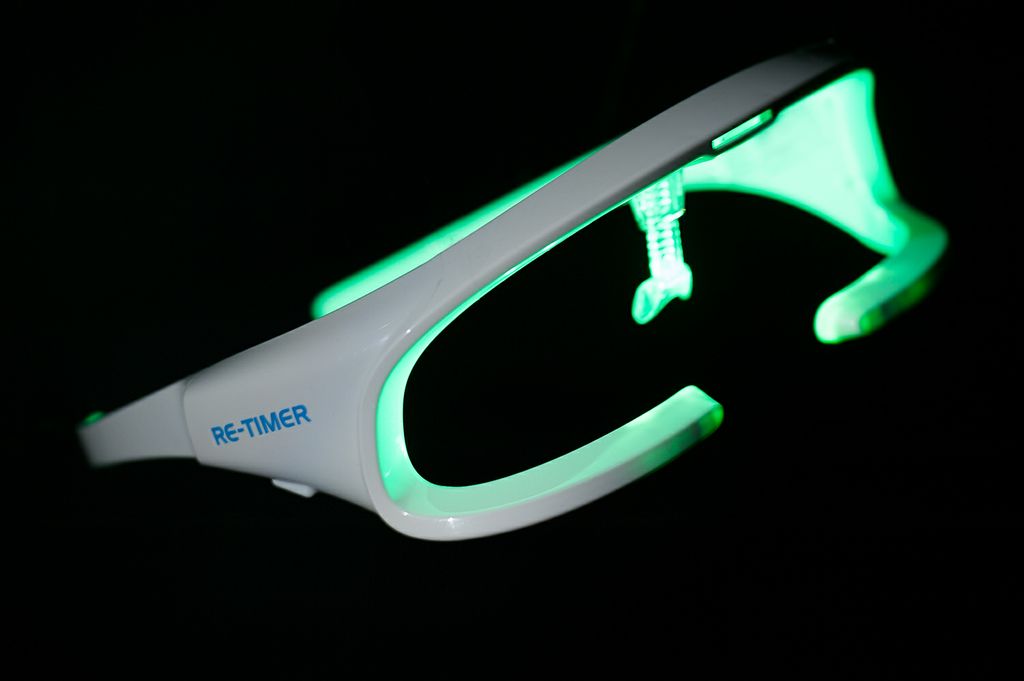In a very layman term a Neurological disorder would be defined as a disorder of the nervous system. Some of the common problems associated with these disorders include epilepsy, Alzheimer’s disease and other dementias, cerebrovascular diseases including stroke, multiple sclerosis, Parkinson’s disease, brain tumours and traumatic head injuries.
Neurological disorders mostly lead to motor impairment such as tremors and posture imbalance, however, patients also tend to display non-motor symptoms such as depression, insomnia and tiredness that can impair their quality of life. While most courses of treatments are based on symptomatic relief of these motor functions, light therapy in the form of daylight exposure or light therapy glasses, has proven to work on relief of non-motor functions.
Light therapy glasses are designed to expose individuals to specific wavelengths of light, usually in the blue or blue-green spectrum. These glasses are commonly used to address circadian rhythm-related issues, such as sleep disorders, jet lag, and seasonal affective disorder (SAD). While the evidence for the effectiveness of light therapy in neurodiverse conditions is still evolving, there are some potential benefits that researchers and clinicians are exploring:

- Regulation of Circadian Rhythms: Many neurodivergent individuals, including those with autism spectrum disorder (ASD), attention deficit hyperactivity disorder (ADHD), or sleep disorders, may experience disruptions in their circadian rhythms. Light therapy can help regulate these rhythms by influencing the production of melatonin, a hormone that regulates sleep-wake cycles.
- Managing Sleep Disorders: Sleep issues like insomnia, are common among individuals with neurological disorders and light therapy glasses can help in managing this disorder. By using these glasses at a specific time of day to adjust the body’s internal clock, individuals may experience improved sleep, which can have a positive impact on their daily functioning.

- Mood Enhancement: certain conditions like depression, anxiety and bipolar disorders are often comorbid with neurological disorders. Light therapy has been proven to be effective in enhancing mood and reducing symptoms of depression. Exposure to specific wavelengths of light can have an anxiety reducing effect leading to better emotional state.

- Increasing Daytime Alertness: Some neurodiverse individuals struggle with attention and alertness during the day. Light therapy glasses can help boost daytime alertness, making it easier to focus on tasks which can be particularly beneficial for individuals with ADHD.
- Reducing Sensory Overload: Individuals who are on the Autism Spectrum Disorder (ASD) can be sensitive to certain types of lighting and sensory stimuli. Light therapy glasses that allow for adjustable intensity of brightness may offer a way to create a comfortable and calming lighting environment.
It is important to note that the effectiveness of light therapy can vary from person to person. Therefore, it is advisable for individuals with neurological or neurodiverse conditions to consult with their healthcare professional or therapist to determine if light therapy glasses are appropriate for their specific needs. Additionally, individual responses to light therapy can vary and any benefits should be considered as part of a broader treatment plan and not as a standalone solution for their conditions.
Further readings:
https://www.mdpi.com/2079-7737/10/11/1205
https://www.ncbi.nlm.nih.gov/pmc/articles/PMC7990011
https://neurosciencenews.com/light-therapy-neurodegeneration-18267/





